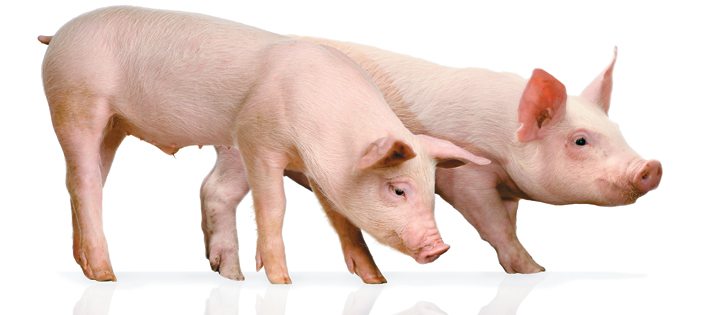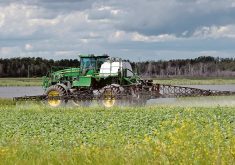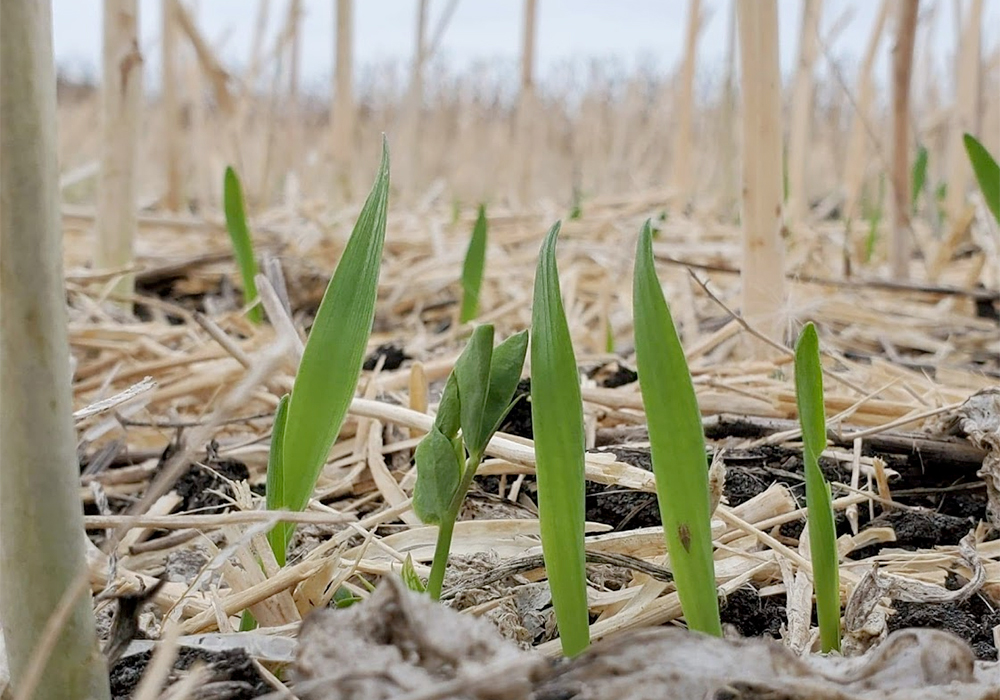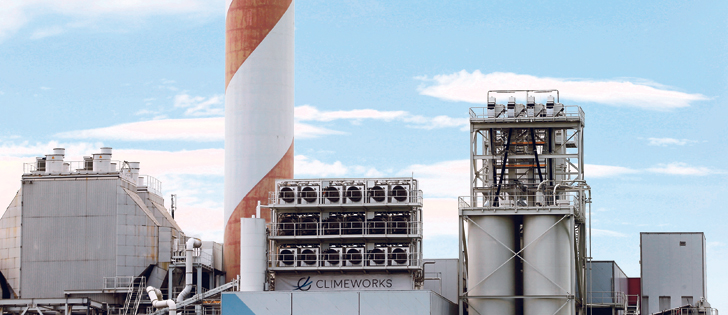A company has developed a system to turn liquid hog manure into water, but commercialization is proving difficult
It’s taken nearly 20 years and 10 patents, but Victor Van Slyke may have found a silver bullet to the environmental challenges of hog manure.
Van Slyke, a Vancouver entrepreneur, is one of the founding partners of ATD Waste Systems Inc., a company that has developed technology to turn liquid hog manure into fertilizer pellets and water.
ATD is now ready to commercialize its manure treatment system, but hog industry players are taking a wait and see approach, Van Slyke said.
“We have inquiries from 30 countries, all based on our website,” Van Slyke said from his Vancouver home. “Pressure is building on the industry all over the world (to address environmental issues).”
Read Also

Canadian Food Inspection Agency red tape changes a first step: agriculture
Farm groups say they’re happy to see action on Canada’s federal regulatory red tape, but there’s still a lot of streamlining left to be done
Van Slyke said Chinese hog producers are particularly interested in the technology.
“There are 950 million hogs in the world and half of them are in China. Their environmental problems are worse than ours. But they’re like anybody else, they’ll buy it as soon as we can prove we know what we’re doing.”
The founders of ATD and their business partners, scientists at the University of British Columbia’s chemical engineering department and Hipp-Anvil Engineering Ltd., have been patient with their enterprise.
Last April they received their 10th patent for the technology and have eight patents pending.
According to ATD Waste System’s website, the technology eliminates the need for lagoons to store and treat liquid hog manure.
The process converts hog manure into water and fertilizer pellets in several ways:
- It extracts nutrients from the liquids with a membrane filter.
- It extracts ammonia from the liquids to make ammonium sulfate, with an ammonium stripper and scrubber.
- Water is sterilized with ultraviolet light and recycled back to the barn.
- The solids are dried using a biomass burner, then turned into pellets.
In 2009 ATD was recognized as one of the Top 50 innovators in global water technology, but lack of money has held back the enterprise.
“I’ve (spent) some private capital on this, along with two other fellows,” said Van Slyke, who was an accountant and data processing specialist but is now retired. “We welcome additional funding from any source, whether debt or equity.”
Van Slyke said ATD Waste Systems has applied for numerous government grants to support the technology but it has been unsuccessful.
Part of the problem is image: manure treatment is not sexy.
“Private (companies) aren’t that keen to invest in manure technology,” Van Slyke said. “Private money would like to get a quicker return by investing in software, medical devices and things like that.”
Bert Monesmith, who sits on ATD’s advisory board and is a senior business development director with Tetra Tech, an environmental engineering firm, said the science behind the process is proven.
Yet, to sell the technology to Chinese clients or other customers the company needs a demonstration project.
“It’s the implementation to (commercial) operations that is the issue,” Monesmith said.
“The whole thing is a Catch-22. Investors are always looking at risk. If you can put your money into technologies that are commercially ready… those are pretty attractive.”
Van Slyke said they are close to overcoming the demonstration site hurdle. They are in discussions with the University of Wisconsin on a pilot project and have contacted politicians and hog industry leaders in Manitoba.
“I’ve sent an email pitch to Maple Leaf (Foods) … and the premier of Manitoba … (asking) if he would agree to some kind of temporary permit for a test site.”
Even if they build a pilot project and prove the process does convert hog manure into fertilizer pellets and water, Van Slyke and ATD have another obstacle: the technology is expensive.
Van Slyke said the cost of an ATD treatment system is about $5 million for a large hog barn, but the up-front cost can be recovered by selling fertilizer pellets.
“We did some estimating … and it seems that it would take 10,000 hogs, or about 60 cubic metres of manure a day, to pay back within five years,” Van Slyke said.
The technology also saves water. According to ATD’s website, the treatment process reduces water consumption by 80 percent because water in the manure is treated and recycled back to the barn.
Despite the two-decade timeline to get to this stage, Van Slyke remains confident in the technology.
“We have convinced some other people…. We do have business associates,” he said. “(There is) a very, very large market for this.”
- Sales of fertilizer pellets.
- Sales of greenhouse gas credits.
- Elimination of existing manure management costs.
Contact robert.arnason@producer.com
















